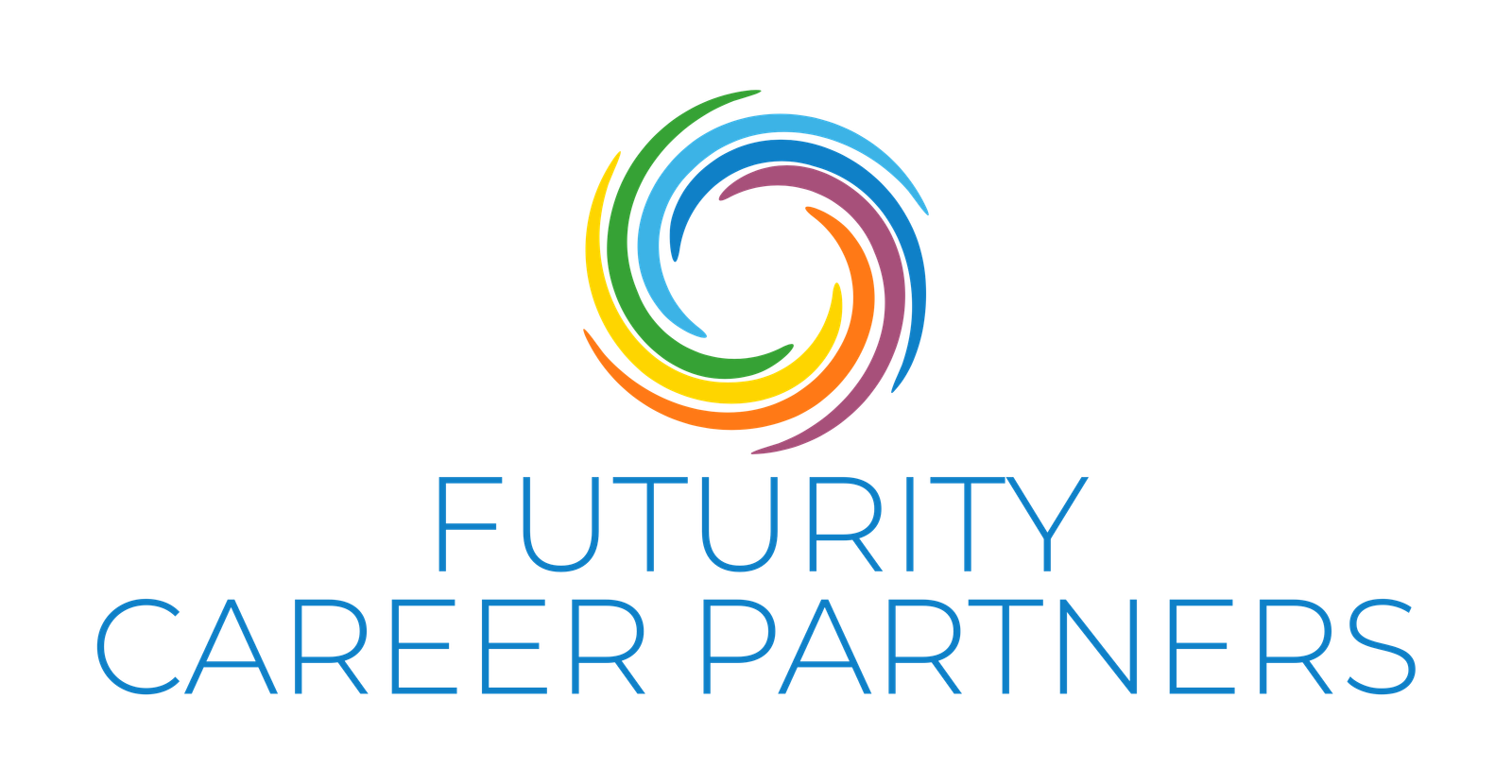Bridging the Gap: How Industry-Academia Collaboration is Shaping Curriculums
As industries evolve rapidly with new technologies and skill demands, the gap between what students learn in classrooms and what employers need is widening. The solution? Stronger collaboration between academia and industry—a trend that’s reshaping university curriculums across the globe.
Why the Gap Exists
Traditional education models often struggle to keep pace with emerging technologies like AI, blockchain, and green energy. As a result, graduates sometimes lack the practical skills employers expect on day one.
How Collaboration Helps
-
Curriculum Co-Design – Universities are now co-creating course modules with industry leaders to ensure relevance. For example, tech companies help design AI and cloud computing syllabi.
-
Guest Lectures & Masterclasses – Industry professionals bring real-world context to classrooms, making lessons more applied and career-focused.
-
Internships & Live Projects – These bridge theory and practice, giving students hands-on experience with real challenges.
-
Faculty Development – Professors are being trained in the latest industry tools and methodologies, keeping teaching aligned with current trends.
-
Job-Ready Certifications – Industry-backed certifications are being embedded into degree programs (e.g., AWS, Salesforce, Google).
Indian Examples
-
IITs and NITs now partner with companies like TCS, Infosys, and Microsoft to design tech-driven electives.
-
NEP 2020 promotes vocational integration and multidisciplinary collaboration between academia and industry.
The Takeaway
Industry-academia collaboration is no longer optional—it’s essential. For students, this means access to more relevant learning, better career readiness, and a smoother transition into the workforce.
